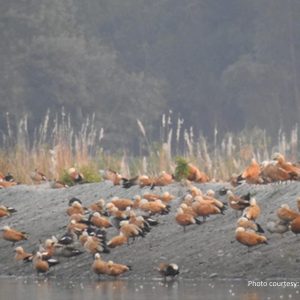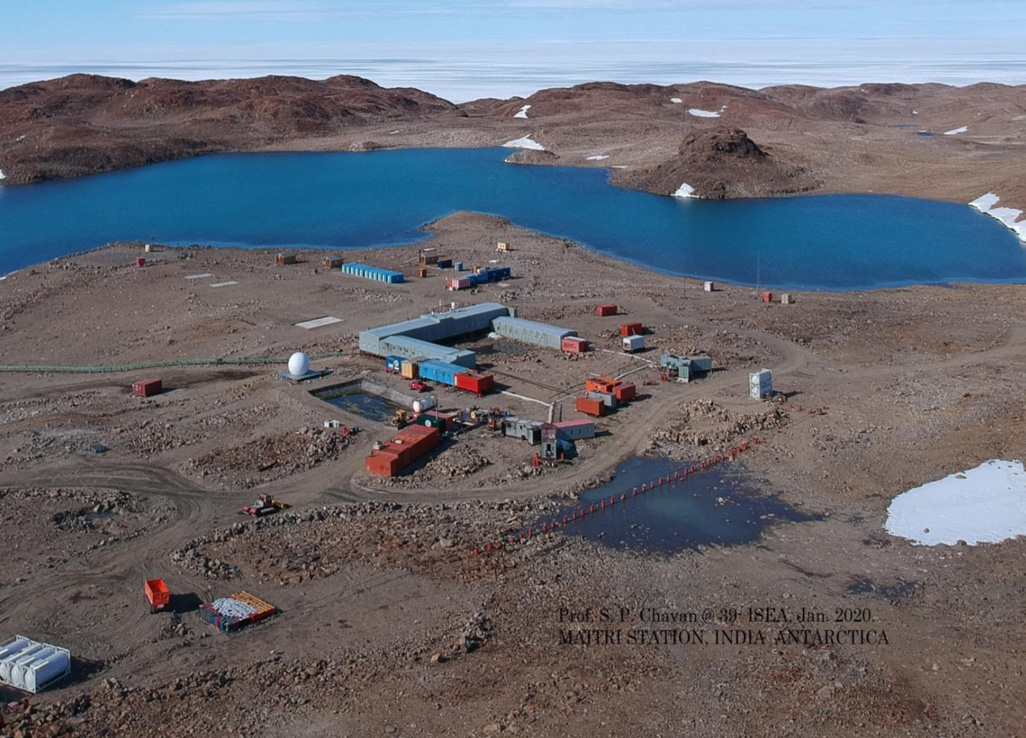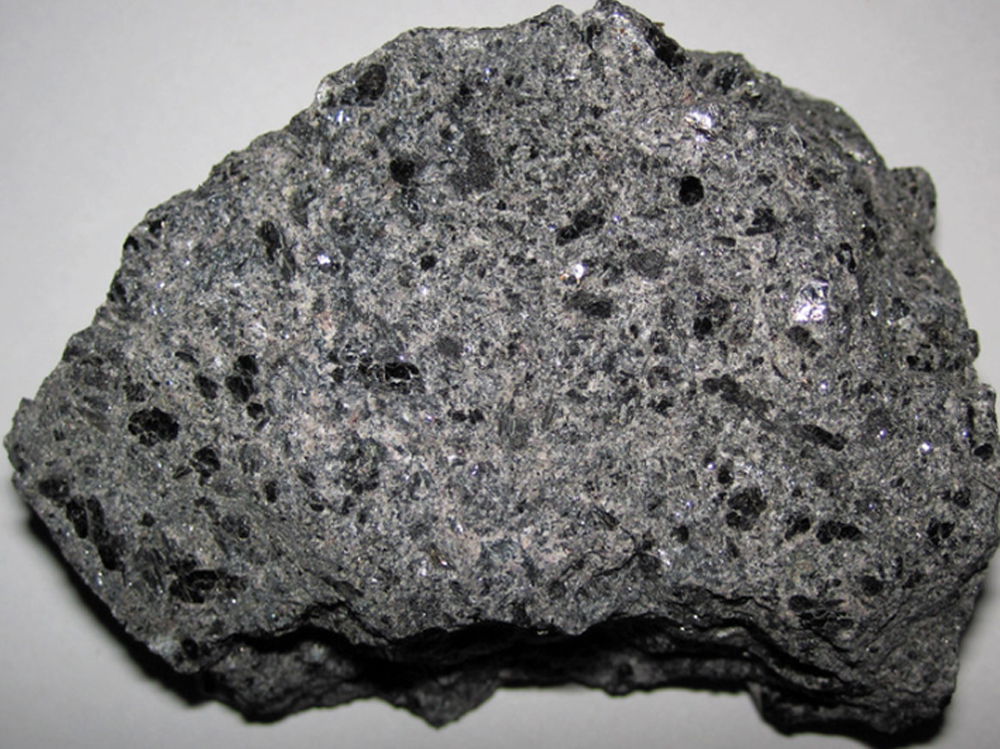ASAN | Uttarakhand’s First Ramsar Site



India is set to embark on a new chapter in its Polar exploration journey with the construction of Maitri II. The Indian government plans to establish a new research station near the existing Maitri ba...
.png )
The Deep Ocean Mission (DOM), approved by the Government of India in 2021 under the Ministry of Earth Sciences (MoES), represents a strategic step in realizing Sustainable Development Goal 14 (SDG 14:...

China recently announced restrictions on the export of seven rare earth elements (REEs), soon after US President Donald Trump decided to impose tariffs. As the world's dominant supplier—responsible fo...
Located in the Dehradun district, the Asan Conservation Reserve is the 38th Ramsar site in India and first in the state of Uttarakhand. It is a human-made wetland, which has resulted due to the Asan B...
To fight the problem of water scarcity and to provide equitable access to drinking water, the Central and State governments have undertaken several schemes. We present a review of a few current scheme...
The Gujarat Government’s experiences with decentralised ownership of water and facilitation of community participation is worthy of being upscaled throughout the nation.
Located in the Dehradun district, the Asan Conservation Reserve is the 38th Ramsar site in India and first in the state of Uttarakhand. It is a human-made wetland, which has resulted due to the Asan Barrage being put in place in 1967. The barrage, fed by the Asan River and several minor discharge channels of Yamuna, supports myriad endangered species of birds including two waterbird species—red-cr...

To fight the problem of water scarcity and to provide equitable access to drinking water, the Central and State governments have undertaken several schemes. We present a review of a few current schemes and how they have impacted the lives of common people.
